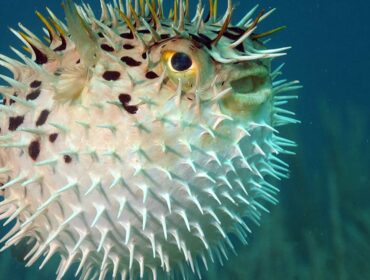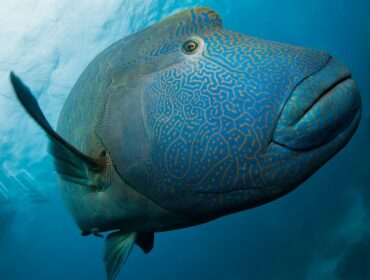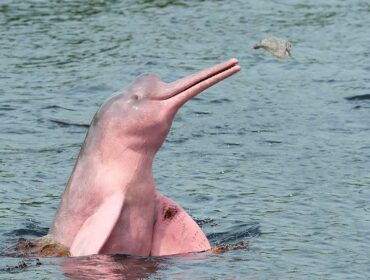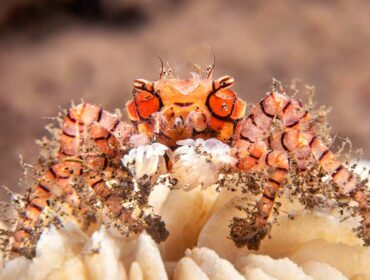Almost everyone is familiar with some kind of mollusk, even people who have never set foot in the ocean before. From common land snails to cowries, one of the most common characteristics of these animals is their often ornate shells. Not all mollusks have shells, however– there are plenty of species of mollusks without shells. Instead of a shell, their backs are protected by sturdy reinforced skin, scales, spines, or incomplete armored plates.
The word “mollusk” comes from the Latin “molluscus,” meaning soft. Though most people think of shelled animals when they picture mollusks, there are thousands of fascinating mollusks without shells that are just as eye-catching as any abalone or whelk. Here are just five that are found commonly throughout the world’s oceans.
Octopus
The most recognizable of the shell-less mollusks is probably the octopus, like this mimic octopus. The mimic octopus has the unique ability to impersonate a wide variety of other marine species — including eels, lionfish, and jellyfish — by altering the color, pattern, and even shape of its soft, shell-less body.
Nudibranch
Nudibranchs are a group of mollusks that lose their shells during their larval stage. One of the most renown of these is the Spanish dancer. These brightly-colored sluglike animals are unique among other nudibrachs because they can grow up to a foot in length and are able to swim freely.
Solenogaster
Epimenia babai is a species of solenogaster, mollusks without shells at any point in their development. Instead of a shell, this worm-like species is covered with hard sclerites that help protect it. It can be easily found on coral reefs, where it feeds.
Caudofoveate
Chaetoderma intermedium is a species of caudofoveate, another aplacophoran mollusk. These animals have scales and small spines to aid in movement. Caudofoveates are generally found in mud, where they feed by burying all but their mouth parts and catching organic debris as it floats past.
Lined Chiton
The lined chiton is a mollusk without a complete shell. Instead, these colorful, boldly-patterned organisms are covered in armored plates called valves. They dwell on rocks and other hard substrates, and the flexibility of these plates let them curl into protective balls if they are knocked free.










